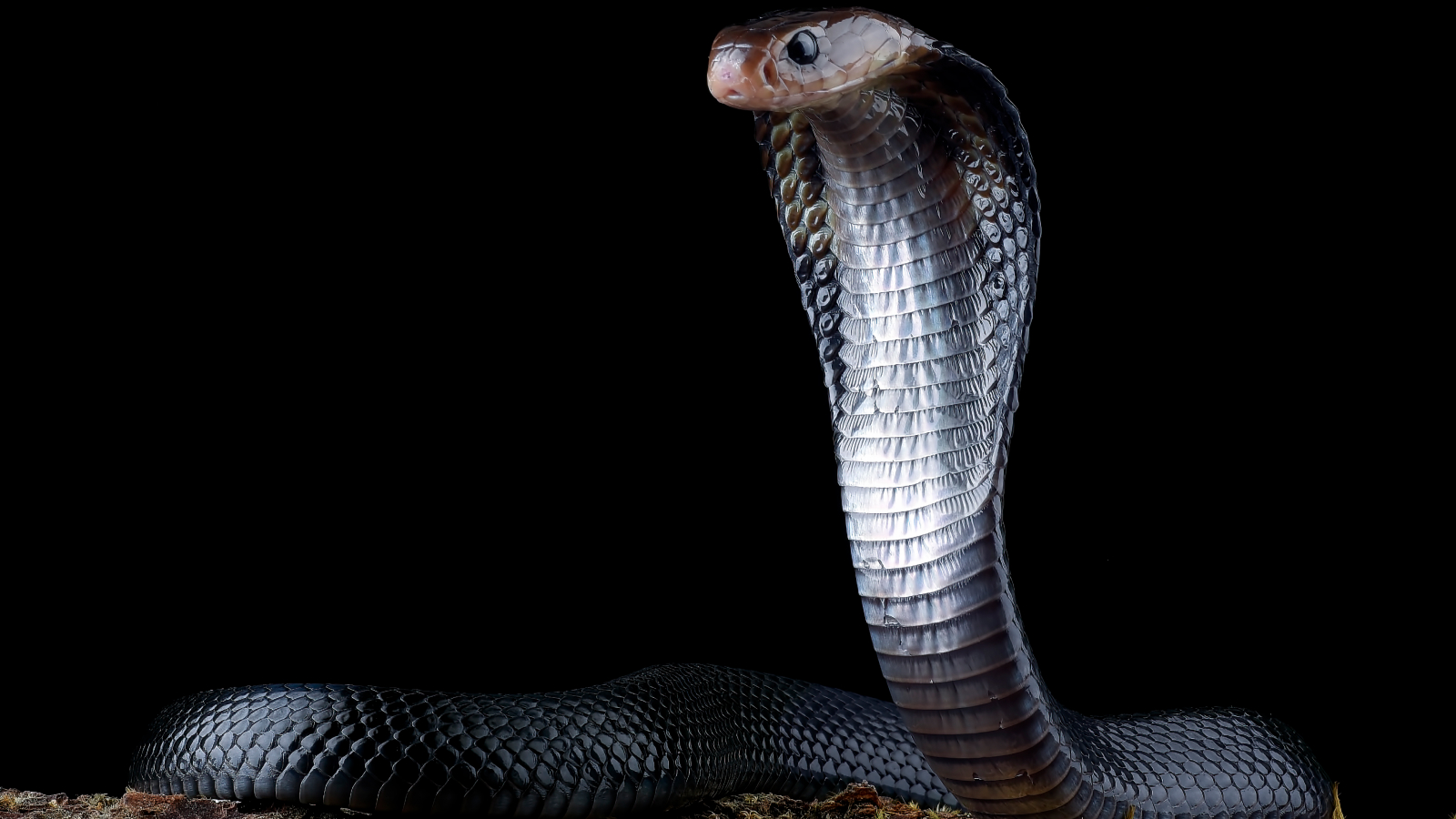
www.theblaze.com
England is rolling out nightmarish online censorship rules after the riots
ITV reporters asked the prime minister this morning whether online right-wing figures Stephen Lennon (aka Tommy Robinson) and Andrew Tate should be banned from the internet.
Robinson himself, who has currently fled the country and is living overseas, posted this clip of the prime minister’s response to this question.
“The law applies online. So if you’re inciting violence, doesn't matter whether it's online or offline, and therefore I expect, just as in relation to those that are directly participating on the streets, for there to be arrests and charging and prosecution. Equally, anyone who has been found to have committed a criminal offense online can expect the same response.”
The basic operating assumption for the UK is that freedom of speech, as Americans understand the term, does not exist in the United Kingdom.
To understand what, exactly, the PM means by this, it is important to understand what, exactly, constitutes an offense online in England and Wales. This is a free speech question, not because all online speech is free speech but because the default position we should assume for online speech, which is fundamentally incapable of causing a direct consequence in the physical world without additional, causally remote human intervention, is that the overwhelming majority of it will be lawful and only in very rare exceptions will it be unlawful.
Using the internet to post unlawful threats, for example, is not permissible anywhere in the world, including countries with the strongest free speech protections of all (to wit, the United States). So too is “direct incitement” (more on that below).
Using the internet to advocate for violence or cheer it on, without engaging in “direct incitement” (so-called “indirect incitement”), is another matter. Indirect incitement is legal in the United States but illegal in much of the rest of the world.
Using the internet to express support for the political aims of the rioters while not directly encouraging violence is also (quite unambiguously) allowed in the U.S. but, depending on how the messages are interpreted by the hearers, could constitute a criminal offense in the U.K.
The difference between these categories of speech is not widely known, acknowledged, or understood by U.K. politicians, prosecutors, judges, or voters. This is because the U.K. legal system, which has never had a legal provision like the First Amendment, lacks the doctrine to draw distinctions between them.
As a result, daring to utter speech that the state disapproves of — and by this, we mean speech that is not aligned with conventional wisdom held by large numbers of the civil service and opinion-makers who influence whether executive action does or does not happen, particularly in law enforcement – can get you imprisoned. There are of course some legal complexities around how a prosecutor gets to that point, but in its essence, that’s basically how “free” speech in the U.K. works.
In the US the basic assumption is that virtually all political speech is allowed
As a general rule, written or spoken political speech in the United States is not censorable or punishable by the state unless it falls within a limited number of categories. These include true threats (see, e.g., Watts v. United States), revealing classified information as one who has an obligation to retain its secrecy (but not as a journalist — see, e.g., New York Times v. United States), communications regarding a conspiracy to commit some other criminal act, and direct incitement. Speech that the government may not restrain includes indirect incitement to violence (Brandenburg v. Ohio) and discriminatory expression, even when such expression is in deliberately offensive terms (National Socialist Party of America v. Skokie; Matal v. Tam).
There is also the constitutionally questionable “fighting words” doctrine, Chaplinsky v. New Hampshire, which is sometimes applied in arrests and prosecutions and which is of questionable application online, given the fact that is expressed to apply to situations where there is a risk of breach of the peace (i.e. face to face).
The basic starting position for criminal liability, then, is that speech that expresses offensive or even hateful thought is not unlawful in the United States. One exception to this rule is “direct incitement,” a specific category of political speech defined in U.S. First Amendment jurisprudence in the case Brandenburg mentioned above.
Speech that constitutes direct incitement to lawbreaking is that which is (a) directed toward the incitement or production of imminent lawless action and (b) likely to produce or incite such action. An example would be suggesting to a mob that it would be a good idea to beat up a nearby lone counterprotester in the physical presence of the mob and the counterprotester. Advocacy of illegal action is permitted, however, where the prongs of the Brandenburg test are not satisfied.
So, for example, an online post that stated that it was morally right and proper to beat up counterprotesters — or, in another example, provided a moral defense of looting during a period of civil unrest, such as was done with the book "In Defense of Looting" in 2020 — might get you put on a watch list, but it shouldn’t result in your arrest. Such speech, advocacy without proximity and imminence, is known as “indirect incitement.” “Extreme” political speech such as that advocating for a revolution, overthrow of the government, or illegality, which falls short of “direct incitement,” is generally what the U.S. terms “indirect incitement.”
And in the U.S., even this sort of speech is allowed.
In the UK, the basic assumption is that 'extreme' political speech is not allowed
The basic operating assumption for the U.K. is that freedom of speech, as Americans understand the term, does not exist in the United Kingdom.
No U.S. politician would ever be asked, “Should the government ban X from using the internet because of his political positions?” Because the answer, every time, at every level of government, would be a resounding “no.”
In the U.K., all of the categories of banned speech in America are also banned: threats, leaking intelligence secrets, and conspiracy, for example. These are not freedom of speech problems.
Where the jurisdictions diverge is that in the U.K., political speech that would be allowed in the United States is banned or bannable. This applies not just online but in multiple domains, in the streets, spoken or written, whether incitement or not.
The principal vehicles for criminalizing online speech are Section 127 of the Communications Act 2003 and Section 1 of the Malicious Communications Act 1988.
It appears that arrests are already being made in relation to the Communications Act offense. It states that it is a crime for a person to “[send] by means of a public electronic communications network a message or other matter that is grossly offensive or of an indecent, obscene, or menacing character” and if “for the purpose of causing annoyance, inconvenience, or needless anxiety to another,” sends such a message or causes such a message to be sent.
The leading case on what this means is DPP v. Collins [2006] UKHL 40. In Collins, the defendant, a man of the age that we would term a “Boomer,” “made a number of telephone calls” to his local MP leaving recorded messages about immigration policy, referring to various ethnic groups by various ethnic slurs. The lower courts held that while offensive, the language was not grossly offensive and so a conviction could not be sustained.
The House of Lords, then the U.K.’s highest court, disagreed. While finding the language “grossly offensive,” the court — by its own admission — declined to articulate any objective principle by which speech might be tested and determined to fall within or outside the range of acceptable conduct except by sticking a finger in the wind and, entirely unscientifically and subjectively, guessing what an indeterminate number of other people, who are not witnesses or parties to the case and whose views are not in evidence, are likely to think about the speech in question:
Justices must apply the standards of an open and just multi-racial society, and that the words must be judged taking account of their context and all relevant circumstances. I would agree also. Usages and sensitivities may change over time. Language otherwise insulting may be used in an unpejorative, even affectionate, way, or may be adopted as a badge of honour (“Old Contemptibles”).There can be no yardstick of gross offensiveness otherwise than by the application of reasonably, but not perfectionist, contemporary standards to the particular message sent in its particular context. The test is whether a message is couched in terms liable to cause gross offense to those to whom it relates.
As we can see, this is a much lower bar than “direct incitement” and arguably even lower than “indirect incitement” — in that the speech Section 127 captures simply requires offense (and intent to offend), and little else. The kind of speech that can be controlled online in the U.K. is thus a vastly larger superset inclusive of, but stretching far beyond, what is banned in the United States and includes speech that is intentionally at the center of the First Amendment protection.
For a justice of Lord Bingham’s stature, it is remarkable how shortsighted he was in formulating this test in these terms. In case it is not obvious, such a test installs those who would take offense — rather than those who would give it — as the ultimate arbiters of whether speech is acceptable or not.
Like so many other U.K. speech codes, Section 127 of the Communications Act 2003 is structured as a heckler’s veto. Which vetoes wind up having force of law depends on how the permanent bureaucracy interprets Lord Bingham’s “contemporary standards to the particular message sent in its particular context” and decides to employ the enormous discretion the law grants it.
Charging decisions in this area are, naturally, political. We saw this subjectivity in play when Scotland’s sweeping hate crime legislation entered into force in April of this year, only for Police Scotland to be inundated with thousands of complaints about speech and behavior from then-Scottish First Minister Humza Yousaf that plainly violated the facial provisions of that Act (in Yousaf’s case, if they had been made when the Act was in force).
The Scottish police responded to the deluge of complaints by ignoring most of them, i.e., exercising law enforcement discretion to interpret behavior as being not captured by the overbroad law even when the plain language of the law and past practice in relation to similar laws (see, e.g., the inclusion of Tory MP Murdo Fraser on the Scottish “Non-Crime Hate Incident” log for social media comments he made) suggest otherwise.
Who, generally speaking, isn’t rescued by the exercise of that discretion? Why, holders of views that offend, of course, assuming that the level of public outrage over that offense rises to the level that the director of public prosecutions notices and only in circumstances no other political interest groups with any power are likely to raise an issue about it. In the past, this has included a Glaswegian who said “the only good Brit soldier is a deed [dead] one” on the death of centenarian national folk hero Sir Tom Moore, a group of Metropolitan Police officers who sent offensive messages to each other in a private WhatsApp group (prompting the Spectator magazine to ask: “Have we got to the position where we are policing private speech for politeness?” Answer: yes), or jailing Matthew Woods for 12 weeks for making an offensive joke on Facebook about a missing child while drunk.
Anyone who has deliberately told an off-color joke that is readable or hearable within the U.K. has likely violated this law. This is likely the substantial plurality, if not the majority, of the population. But the British state is unlikely to go after all of these statements, as doing so would be political suicide. Instead, it picks on easy targets and relies on those prosecutions to chill speech among the rest of the country.
I should also not be especially surprised if the U.K. were to use certain provisions of the Terrorism Act 2006, specifically the “encouragement” offense, to prosecute a number of the biggest online cheerleaders of the riots. This would represent a substantial escalation in the country’s willingness to use draconian measures to suppress controversial but widely held opinions.
Many British free speech activists say they are fighting to “preserve free speech in the U.K.” They are too optimistic. My position, that free speech doesn’t exist in the U.K., is based in the fact that the test of free speech occurs at the margins, and it is at the margins where the U.K. engages in extreme degrees of censorship.
That the range of permissible opinions in the U.K. is broader than that in North Korea is not a question of kind but of magnitude. In both places, you can still go to prison for daring to express wrongthink.
As long as that sanction still exists, pretending that the U.K. has “free speech” is negotiating over the boundary of acceptable nonviolent expression. What is needed to have a free speech right worthy of the name is the elimination of that boundary.
The UK should decriminalize political speech and use the resources freed up to crack down harder on public disorder
In a multiethnic democracy of nearly 70 million people, discussion of politics is likely to be heated and is likely to cause offense to a degree far greater than occurred in any of the above cases. Roughly a fifth of that population is hard left, and roughly a fifth is hard right. It is inconceivable that there is any partisan opinion on any issue of consequence that is incapable of being expressed in a manner that causes grave offense to at least some double-digit portion of the U.K.’s residents.
The United Kingdom’s long-standing and current method for dealing with these politically inconvenient opinions has been to arrest its way out of the problem. This has failed. Possessing broad prosecutorial discretion to punish speech did not prevent these riots or dampen the spread of the viewpoints of those engaged in them; if anything, it may have aggravated them, with the perception of bias arising from the exercise of that discretion, based on the “two-tier policing” accusations circulating in British political discourse, turning into a propaganda tool for the rioters and their apologists. Take away the discretion, by legalizing expression, and the government would deny its detractors that very compelling rhetorical win.
I anticipate many arrests from this unrest, as the government promised. Many of these will be for threats, direct incitement, and the coordination of illegal activity such as the burning down of hotel facilities housing asylum seekers. That sort of action is not “free speech” anywhere in the world and is rightly illegal.
We will also see hundreds of online posters arrested and charged for expressing political opinions in a manner that would be lawful to express in the United States.
The policy question is whether this latter category of defendants should be defendants. In my opinion the answer to that question is “no.”
Viewpoint suppression doesn’t work. It just makes people angry and increases the potency of the public backlash when efforts at preference falsification inevitably fall apart. The U.K. should perhaps consider using speech as America does, as an emergency pressure release valve for political tension, and provide residents with incentives to work out their differences in the marketplace of ideas instead of the streets — if throwing a brick or posting a tweet will each result in a criminal record, all things being equal, a lot of angry people will choose the brick.
Such changes would require a radical reimagining of U.K. free speech law, the decriminalization of online political speech falling short of threats or direct incitement, and the redirection of the substantial police resources currently focused on it.
This article originally appeared on prestonbyrne.com.













